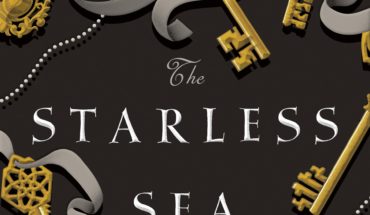
Source: Flikr user See-ming Lee æŽæ€æ˜Ž SML
Six years ago, I was finishing a first draft of my still-in-progress novel and got stuck at the final scene. My heroine needed to thwart an elaborate ATM scam run by her charismatic captors. How exactly had they pulled off such a heist? And how exactly would she stop it? Everyone in the scene needed a few snazzy, made-up gadgets. But alas, Q is not in my speed dial and I was on my own to develop some innovative weapons.
As I put a bit more thought into the technology, I came to the sobering realization the whole novel would be better off set in a speculative future. My heroine made a lot more sense if she was born in 2053, and the story itself was better set in a 2080 world, after some global floods and cyber security attacks, rife with robots and alternative transportation methods that were never part of the initial vision.
While I’d read tons of alternative world literature it was still incredibly daunting to create a new reality for my story and my characters. Here are three key lessons I learned and still rely on:
#1 Create hard, fast rules for your world.
Just like gravity keeps our feet on the ground, rules that you set for your universe help the reader understand it quickly. For example, J.R.R. Tolkien has landscapes, customs and specific appearances for each of his Lord of the Rings races. We know exactly how dwarves, orcs and hobbits are supposed to behave. So it’s even more satisfying when they subsequently step outside of their comfort zones. Likewise, rules make it easier for you to build your world. All the settings, clothing, technologies and customs in Frank Herbert’s Dune center around one premise: Water is at a premium. Take a central concept and iterate from there.
#2 Consider every aspect of daily life when building the world.
Once you’ve set a couple of ground rules, tackle the breakfast to bedtime routine. This will walk you through some major lifestyle choices: food, clothing, buildings, commuting, commerce, communication. When you get overwhelmed don’t forget the power of rule setting. It’s even handy when you’re naming things. For example J.K. Rowling leaned heavily on Latin to write many of her Harry Potter wizarding spells; it’s a fun nod for adult readers but it also can give the writer a starting point for coming up with things within a category.
#3 Readers must experience as well as see your world.
Straight descriptions of the things you’ve created and how they work may help you on the outset, but once you nail the basics, write them into scenes. It is more tangible for your readers to see how your characters use and interact with anything extraordinary. In the early chapters of Fahrenheit 451, Ray Bradbury takes us on a fireman’s house call to show us how books are burned and feared rather than telling us outright. Likewise we experience Montag trying to have dinner with his distracted and vapid wife Millie rather than simply being told “parlor walls” have an overwhelming and distracting presence in every home.
Lastly, don’t forget to have fun. It’s your world: play and dream!
This post was first published in March 2015.


2 comments